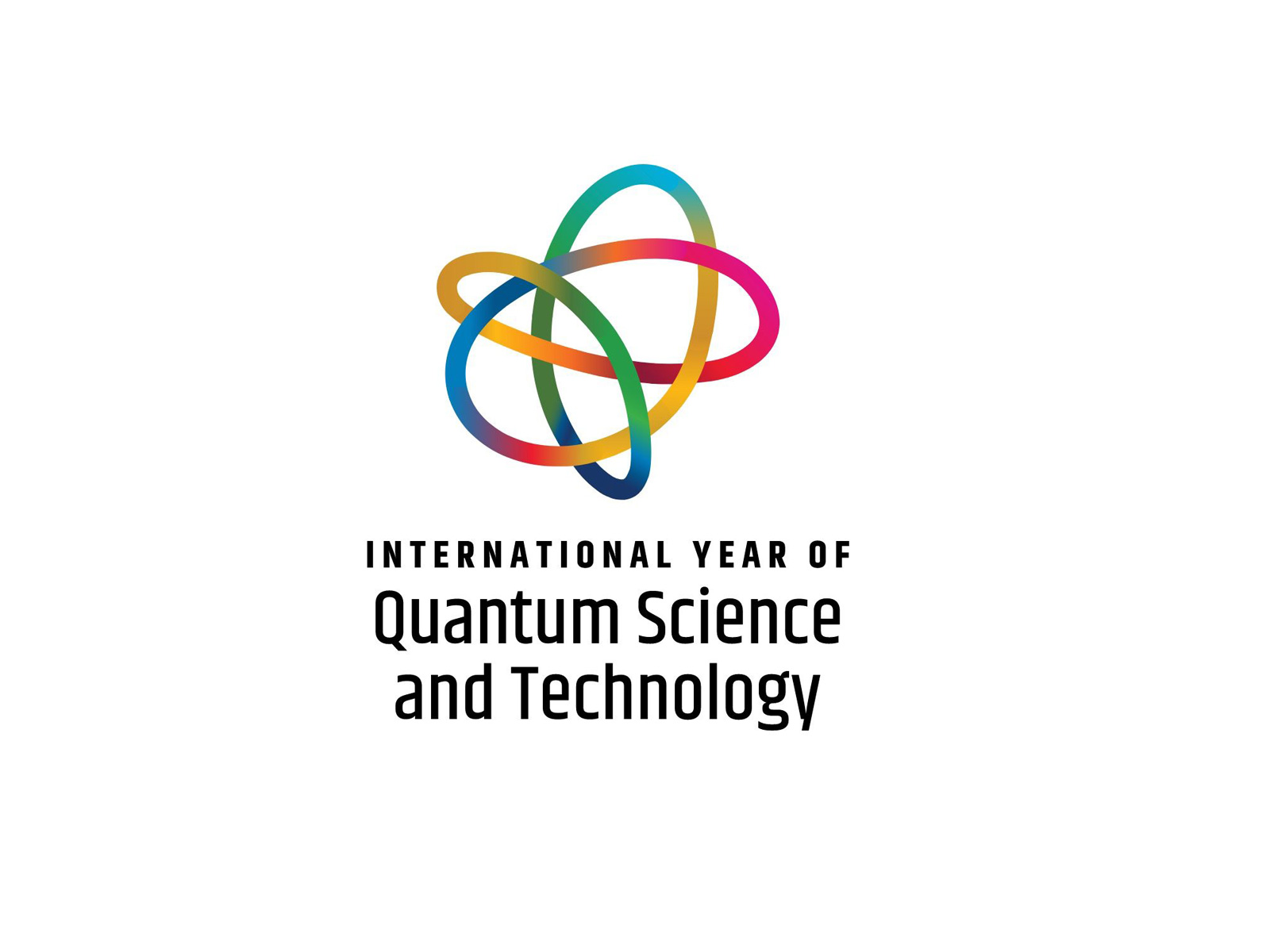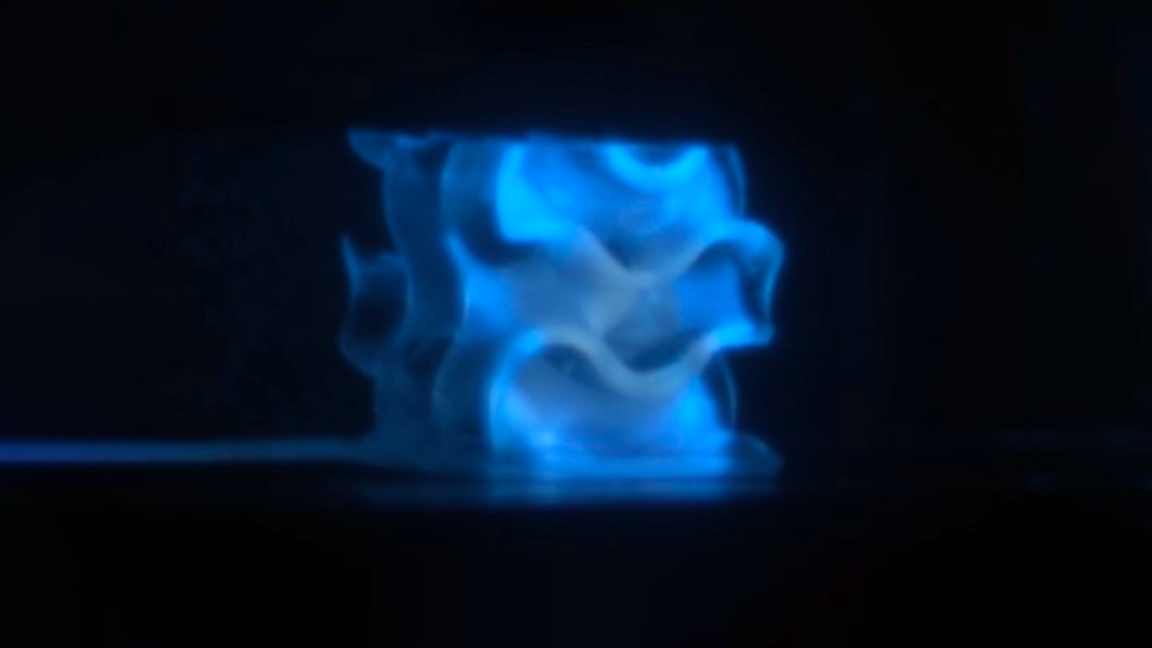 From quantum physics arrive two results that exceed the limits reached so far in sensitivity and precision in the measurements of the phenomena related to General Relativity and to gravitational physics. The results, published in Physical Review Letters were obtained in two atomic interferometry experiments by a team of researchers from the University of Florence and of INFN. At the base of the two experiments are atomic interferometry apparatuses, built in Florence, and based on the use of “atomic fountains” created with a laser. In the first experiment, carried out within the scope of the MAGIA Advanced project, the researchers developed a method that will allow testing of the validity of Einstein’s equivalence principle with unprecedented accuracy. By cooling the rubidium atoms down to almost absolute zero with a laser and launching them upwards in a vacuum system, the conditions to measure the fall of weights were created by eliminating the effects due to the variation of the earth’s gravity, which influence any classical measurement.Then, using strontium atoms, the researchers built a second experiment that proved to be valid for future measurement experiments, on a quantum scale, of low-frequency gravitational waves, with even higher sensitivities than those obtained by the LIGO and VIRGO interferometers. This second experiment thus opens the way to the construction of high precision atomic interferometry instruments to study gravitational waves in a region of frequency that cannot be observed with current terrestrial optical interferometers, instruments also useful for future spatial experiments in collaboration with the European Space Agency (ESA) and the Italian Space Agency (ASI).
From quantum physics arrive two results that exceed the limits reached so far in sensitivity and precision in the measurements of the phenomena related to General Relativity and to gravitational physics. The results, published in Physical Review Letters were obtained in two atomic interferometry experiments by a team of researchers from the University of Florence and of INFN. At the base of the two experiments are atomic interferometry apparatuses, built in Florence, and based on the use of “atomic fountains” created with a laser. In the first experiment, carried out within the scope of the MAGIA Advanced project, the researchers developed a method that will allow testing of the validity of Einstein’s equivalence principle with unprecedented accuracy. By cooling the rubidium atoms down to almost absolute zero with a laser and launching them upwards in a vacuum system, the conditions to measure the fall of weights were created by eliminating the effects due to the variation of the earth’s gravity, which influence any classical measurement.Then, using strontium atoms, the researchers built a second experiment that proved to be valid for future measurement experiments, on a quantum scale, of low-frequency gravitational waves, with even higher sensitivities than those obtained by the LIGO and VIRGO interferometers. This second experiment thus opens the way to the construction of high precision atomic interferometry instruments to study gravitational waves in a region of frequency that cannot be observed with current terrestrial optical interferometers, instruments also useful for future spatial experiments in collaboration with the European Space Agency (ESA) and the Italian Space Agency (ASI).
You might also be interested in

EuPRAXIA chooses ELI Beamlines as second site for laser-driven accelerator

The record neutrino observed by KM3NeT
07 February 2025
Read more The record neutrino observed by KM3NeT

INFN celebrates the STEM WEEK and the International Day of Women and Girl in Science 2025

International Year of Quantum Science and Technology, 2025
03 February 2025
Read more International Year of Quantum Science and Technology, 2025

A new generation of plastic scintillators thanks to 3d printing

Capturing the accretion flow of M87* black hole
22 January 2025
Read more Capturing the accretion flow of M87* black hole